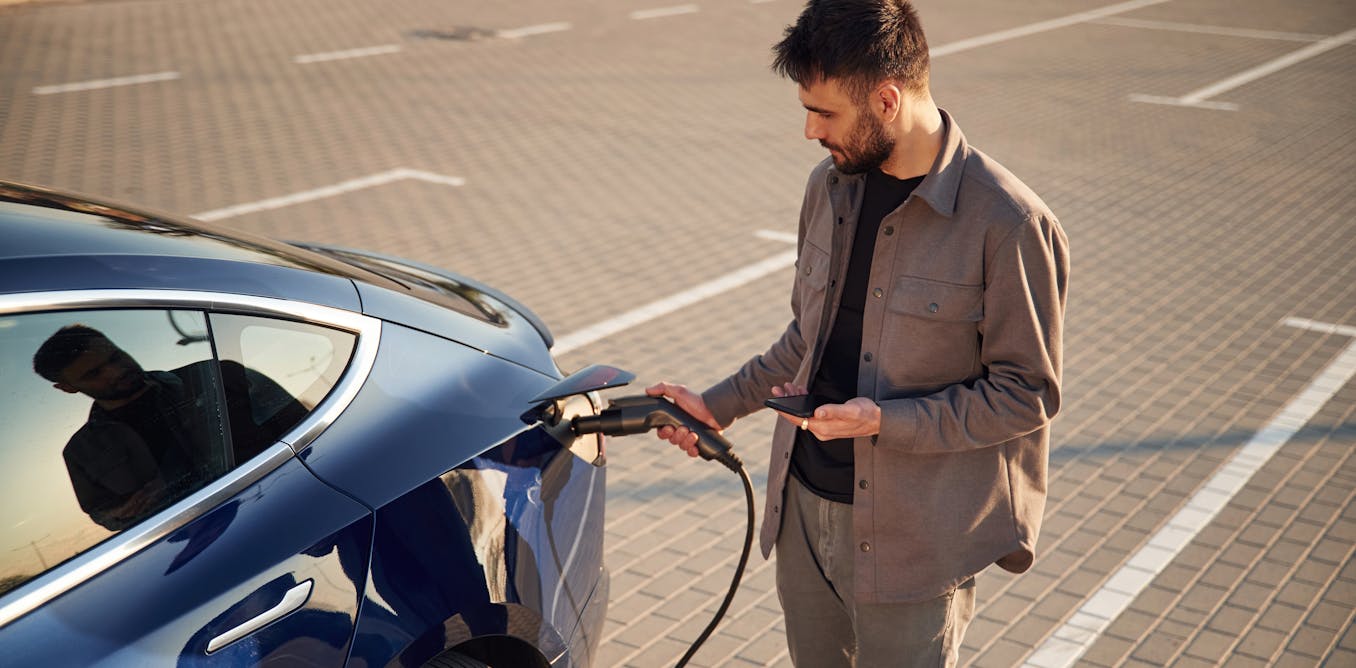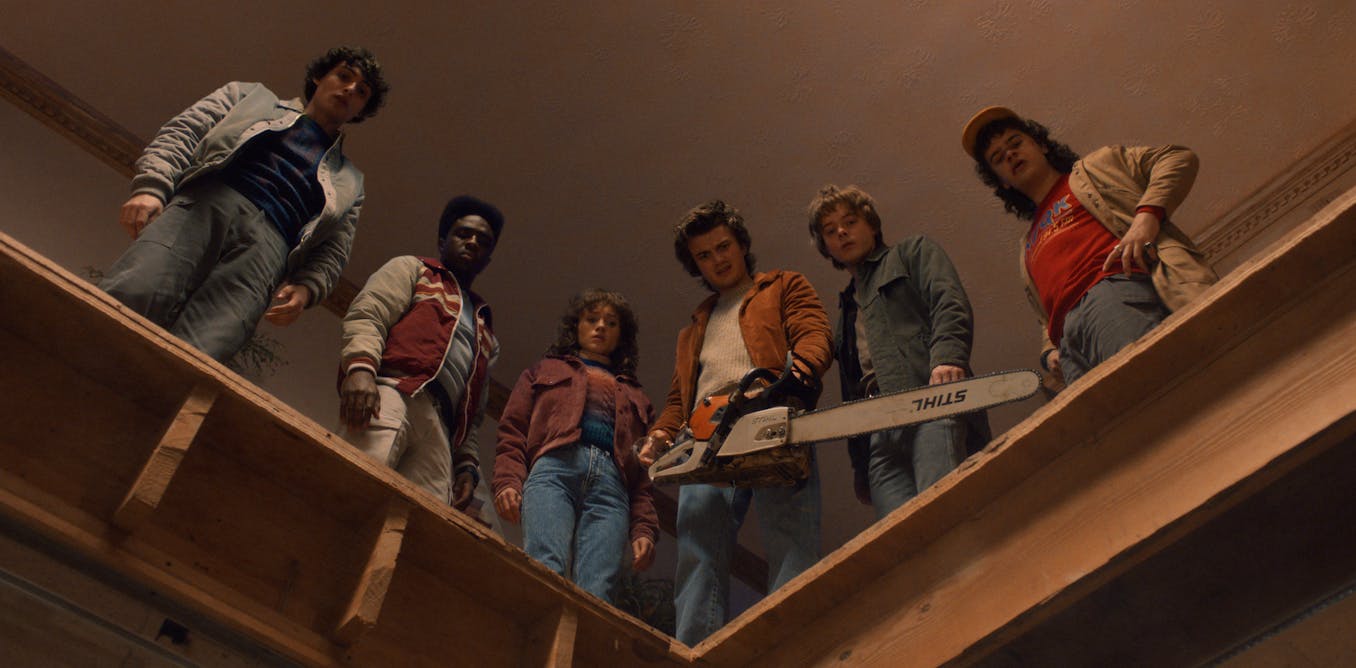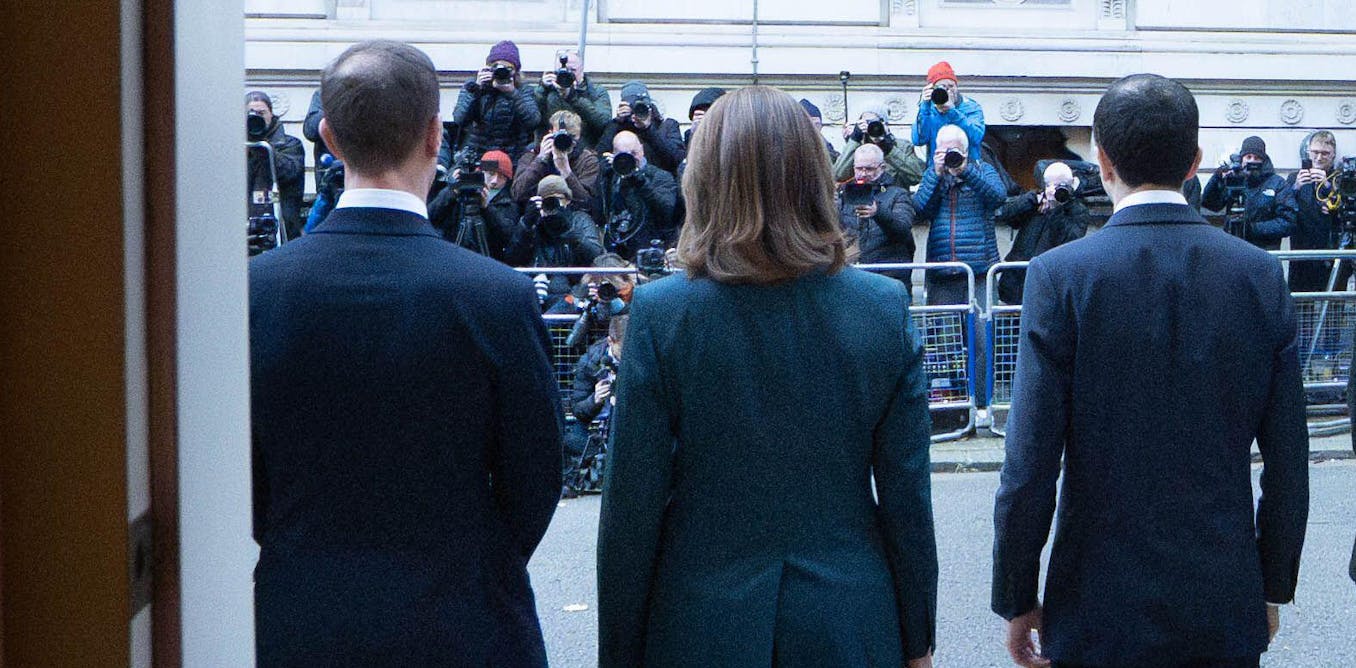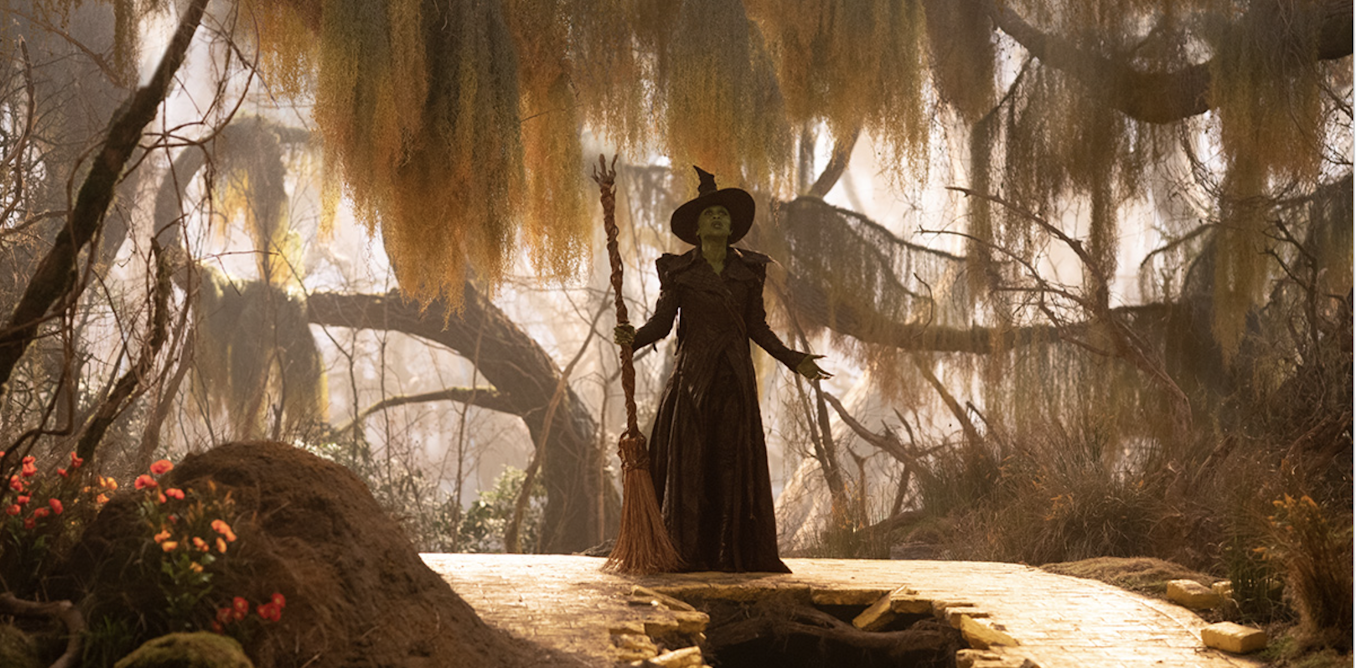As dealers, artists, collectors, and art advisers hopped flights to Guadalajara for ART WKND GDL this past weekend, Mexico’s art scene suddenly found itself ensnared in an incipient trade war, with little clarity on how it might affect the Zona Maco fair, set to kick off its 21st edition Wednesday in Mexico City, or the wider art scene in the country.
On Saturday, US President Donald Trump signed executive orders imposing 25 percent tariffs on Mexico, set to take effect on Tuesday. However, on Monday morning, Mexican President Claudia Sheinbaum said in a post on X that Trump had postponed tariffs for one month, after her administration agreed to “reinforce the northern border with 10,000 members of the National Guard to prevent drug trafficking from Mexico to the United States, particularly fentanyl.”
But for both galleries in Mexico and those traveling to Mexico City to participate in the city’s three fairs—Zona Maco, Material, and Salón Acme—there appears to be both worry and uncertainty over what effect the impending tariffs might have on collectors’ purchasing behavior, if any, or what costs galleries will have to absorb.
Issa Benitez, the founder and director of Mexico City gallery Proyecto Paralelo and the vice president of GAMA, the city’s gallery association, told ARTnews that she and GAMA’s 26 member galleries are worried both about how tariffs could affect the art trade, and the Mexican economy at large, given how devastating devaluations of the peso against the dollar have been in the past.
Concern over an economic crisis in Mexico is not ill-founded. Gabriela Siller, director of economic analysis at the Mexican financial group Banco Base, told the Associated Press on Saturday that the proposed tariffs could cause unemployment and prices to spike, forcing Sheinbaum’s government to take on a “countercyclical fiscal policy” to avoid a crash.
A compounding factor for Mexico’s art world, according to Benitez, is that, despite GAMA’s best efforts, the group has no contact with the Mexican government. In 2020, shortly after GAMA formed, it successfully lobbied city officials to let galleries reopen with sanitary measures during the peak of the pandemic. Since then, however, there has been no ongoing dialogue, which Benitez attributed to the political orientation of Sheinbaum and her predecessor, Andrés Manuel López Obrador, both of whom are members of the leftist-populist Morena party.
“We are not taken into account in government decisions. For them, 26 little galleries, selling, in their opinion, expensive things to the very rich, is none of their interest,” Benitez said. “We’re worried about the uncertainty of the thing because this has all been happening so fast,” she added. “We’re on our own to decide what to do, how to react, and all that.”
Alexandra Lovera, the sales director for Proyectos Monclova, a leading Mexico City gallery, told ARTnews that leadership at the gallery has not discussed the possible effect of tariffs, largely because it’s unclear how it will affect them, if at all. Proyectos Monclova, which regularly participates in Art Basel and Frieze fairs, as well as Zona Maco, is registered as a company in the US for financial reasons. This is a situation, Lovera said, shared by many Mexican galleries.
When Proyectos Monclova participates in a US fair like Frieze Los Angeles—in which Monclova will participate later this month—the gallery ships work to fairs under a temporal shipping arrangement. That means taxes and duties are only paid when a work is sold. Those costs, she added, are typically born by the buyer, though some galleries opt to absorb the taxes themselves. Still, neither Zona Maco nor Frieze have yet to provide any guidance.
“If there was going to be any issue, we would know about it way in advance and know how to handle it, but that’s not the case for now,” Lovera said on Friday, speaking from Guadalajara. “I couldn’t say anything more, because we haven’t talked about it with any art fair yet.”
Kurimanzutto, which has locations in Mexico City and New York, declined to comment to ARTnews on how tariffs might affect the gallery, citing “too much uncertainty” at the moment over what will happen.
For Graham Wilson, the founder of New York’s Swivel Gallery, which currently shows work from six Mexican artists and is participating in both Maco and Material this year, the tariffs are just “the cost of doing business.”
“It’s just dumb, for one,” Wilson, also in Guadalajara, told ARTnews of the tariffs. “But two, the feeling that I get here is that not much of what’s happening in Mexico in the art scene is dependent on the US. It feels like they’ve been building their own thing quietly for a long time, and now it’s finally coming to fruition.”
While Wilson said he’s noticed more American collectors traveling to the Mexico City fairs in recent years, most attendees, from what he’s seen, are from Mexico, elsewhere in Latin America, or from Europe. And, while the tariffs could introduce additional costs for a gallerist like Wilson, who has worked to give several Mexican artists their first show in New York, the difference in price points for artworks between the two countries is wide enough that shifting prices to accommodate the tariffs is unlikely to scare off potential collectors.
“It’s great to bring Mexican artists to the US, becaue if we do a show with them and they do well, that money can sustain them for a year. It’s really rewarding for me as a gallerist,” Wilson explained. “For the last three years I’ve said that the best art being made right now is being made in Mexico,” he added.
As for whether macro-economic concerns over the proposed tariffs could stymie art-collecting at Zona Maco or the satellite fairs, Benitez suggested that because the Mexican collector base is so small, and because most have investments across the globe, buying behavior is often unpredictable and disconnected from the wider Mexican economy.
Benitez contrasted the current situation with that of Europe after the outbreak of war in Ukraine. Europe has a much more mature collector base, with buyers at multiple income levels, and prosperity is tied directly to European economies. Because of this, Benitez said, geopolitical instability of the Russian invasion in 2022 led to a fairly immediate tamp down in buying, mirroring the wider European economy, according to Benitez, who also founded and runs Madrid gallery La Caja Negra.
“We were starting ARCO [Madrid] when the war started and it was very clear. It determined how the whole fair went,” she said. “But Mexico can surprise you. This might be the best year ever. That’s how crazy this place is.”
With Zona Maco set to open Wednesday, and Material and Salón Acme opening Thursday, we should have an early indication very soon whether the economic uncertainty has a measurable effect.

The post “Galleries Express Uncertainty Over Trump Tariffs as Mexico City Art Week Kicks Off” by Harrison Jacobs was published on 02/03/2025 by www.artnews.com





































Leave a Reply